The young Sir Henry has been depicted wearing a very long full bottomed wig, a highly polished glistening breastplate under a blue cloak tied at the shoulder with a medallion, brown lappets, white shirt sleeves, and a cross over lace cravat. These immensely expensive items convey wealth and the sitter’s rank in society, for he was a paragon of the wealthy and privileged society that he belonged to; it is the archetypal bust-length portrait for an aristocratic male during the last quarter of the seventeenth century.
Henry Hobart was born in 1657; he was the eldest son to Sir John Hobart, 3rd Baronet and his first wife Mary Hampden. He was educated at Thetford Grammar School and St John's College, Cambridge, graduating in 1675, some four years after he was knighted at Blickling by King Charles II in 1671.
When our sitter succeeded his father as the 4th Baronet in 1683, the family was desperately in debt and Blickling mortgaged to John Pollexfen, a merchant who was evidently used to dealing with the problems of impoverished baronets, who suggested that Sir Henry should find a lady who has between six and seven thousand a year and offered to “recommend such a one”. In the following year, on 9 July 1684, Hobart married Elizabeth Maynard (c.1663-1701), co-heir to Sir Joseph Maynard. A dowry of £10,000 released Blickling from its mortgage. The couple had at least four children, including Henrietta who became the mistress of the Prince of Wales.
The most likely date in which our portrait was painted is 1683 when Hobart succeeded his father as baronet, or in 1684 the year of his marriage – two important life events in which a young noble would commission his portrait at the time.
In 1689 he was appointed an equerry to King William III and also Gentleman of the Horse fought under the King in the Battle of the Boyne. In 1691 he was appointed Vice-Admiral of Norfolk.
In 1698, incensed by rumours that Hobart’s decisive defeat in the elections that year had been brought about by allegations of discreditable conduct at the Battle of the Boyne, Hobart accused his Tory neighbour Oliver Le Neve of circulating the stories and demanded satisfaction. Although Le Neve denied the accusation, they met in a duel on Cawston Heath. Unfortunate for Hobart, Le Neve was a left-handed swordsman, and Hobart was mortally wounded at 41 years of age. As there were no witnesses, the duel was illegal; Le Neve fled to Holland but returned to England two years later, when he was tried and acquitted. Hobart was buried in the Blickling family vault. The duel, one of the last to have been fought with swords in England, is commemorated on the spot by a plinth with an urn bearing the cryptic inscription “HH”, called the Duel Stone (see photo). His only son, succeeded him when he was five years of age, and was eventually created 1st Earl of Buckinghamshire (1673-1756).
The family’s seat is at Blickling Hall, Norfolk, England. Robert Lyminge designed Blickling between 1616 and 1627 for Sir Henry Hobart, lord chief justice of the Common Pleas and 1st Baronet. Sir Henry was one of the "new men" who made a fortune in the law during the reign of Elizabeth I. King Charles II and Queen Catherine of Braganza were probably guests here in 1671.
The house contains a fascinating collection including of furniture, pictures, books, and tapestries of which particularly noteworthy is the huge "Battle of Poltava" tapestry of 1764, probably given to the 2nd Earl of Buckinghamshire by Catherine the Great when he was the British Ambassador to her Court. With approximately 13,000 volumes, the Ellys Library at Blickling is considered one of most important collections of manuscripts and books in England, and the finest library in the care of the National Trust.
A portrait of the sitter, also by Wissing, is in the Great Hall at Blickling (see photo), and in 1927 another was recorded at Heydon Hall in Norfolk. During this period artists frequently painted more than one version of a portrait - they were given to friends and relatives of the sitter or for other homes.
The treatment of the facial features, the armour, and the gross point lace, which has been painstakingly delineated, is very fine. Held in a good quality antique frame.
William (Willem) Wissing was trained at The Hague under Arnold van Ravesteyn (c.1650-1690) and Willem Dougijns (1630-1697). He came to London in 1676 and most probably joined the studio or Sir Peter Lely as an assistant that same year. After Lely’s death in 1680 he effectively took over his business and he scaled the heights of patronage with extraordinary ease, creating an independent practise in 1687, and painted for very important aristocratic patrons. King Charles II was so impressed by a portrait Wissing painted of his son, the Duke of Monmouth, in 1683 that he commissioned his own portrait and that of his Queen Catherine of Braganza.
The painter’s last great patrons were John Cecil 5th Earl of Exeter and his Cecil and Brownlow relatives in Lincolnshire before his career was to be abruptly cut short with his early demise in 1687, aged just 31, giving rise to the sort of romantic apocrypha that attach themselves to genius. At that time, he was staying at the Earl’s seat Burghley House, engaged on his most ambitious work, a vast canvas showing the Earl and his five grandsons at full length. John Vandervaart (whom Wissing collaborated with) took over Wissing’s studio.
Measurements: Height 94cm, Width 80cm, Depth 10cm framed (Height 37”, Width 31.5”, Depth 4” framed)


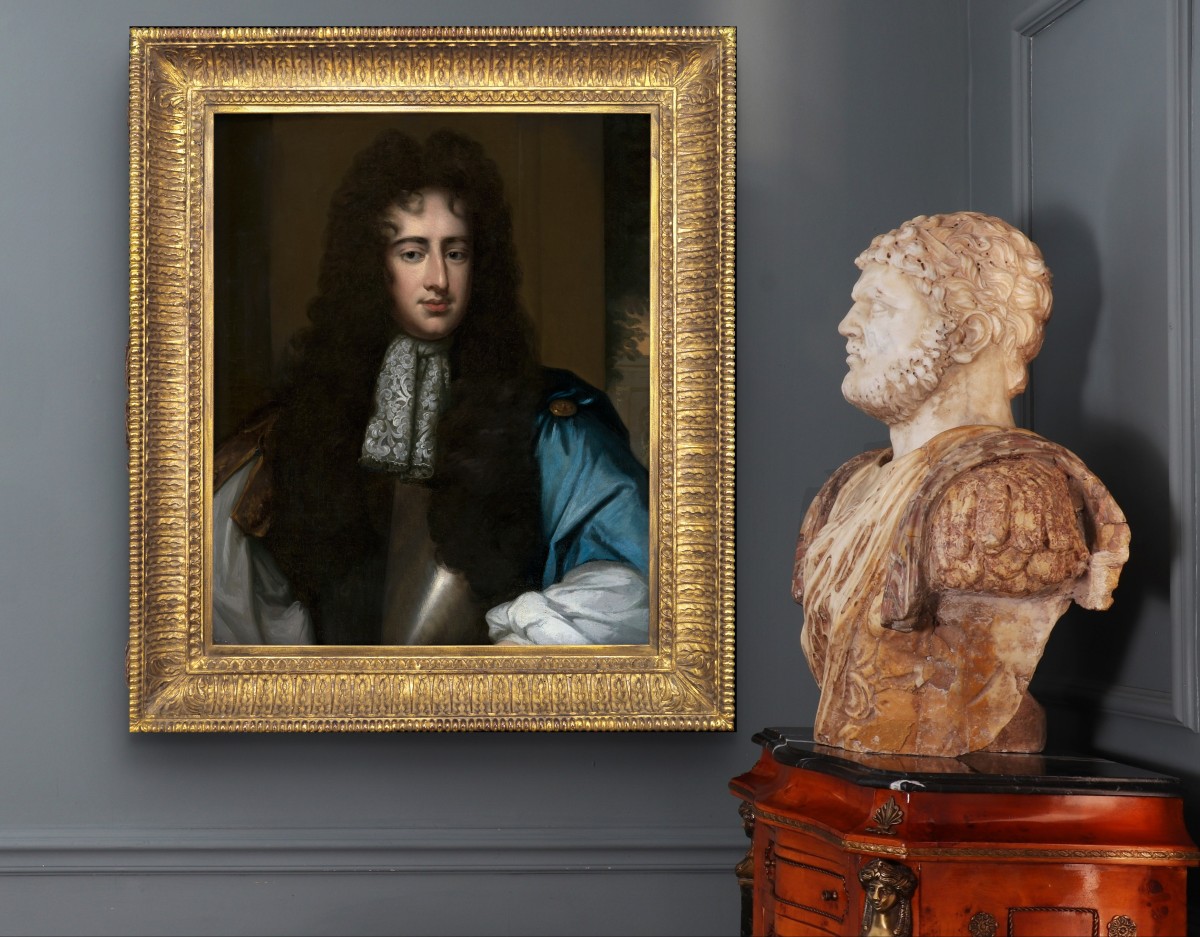
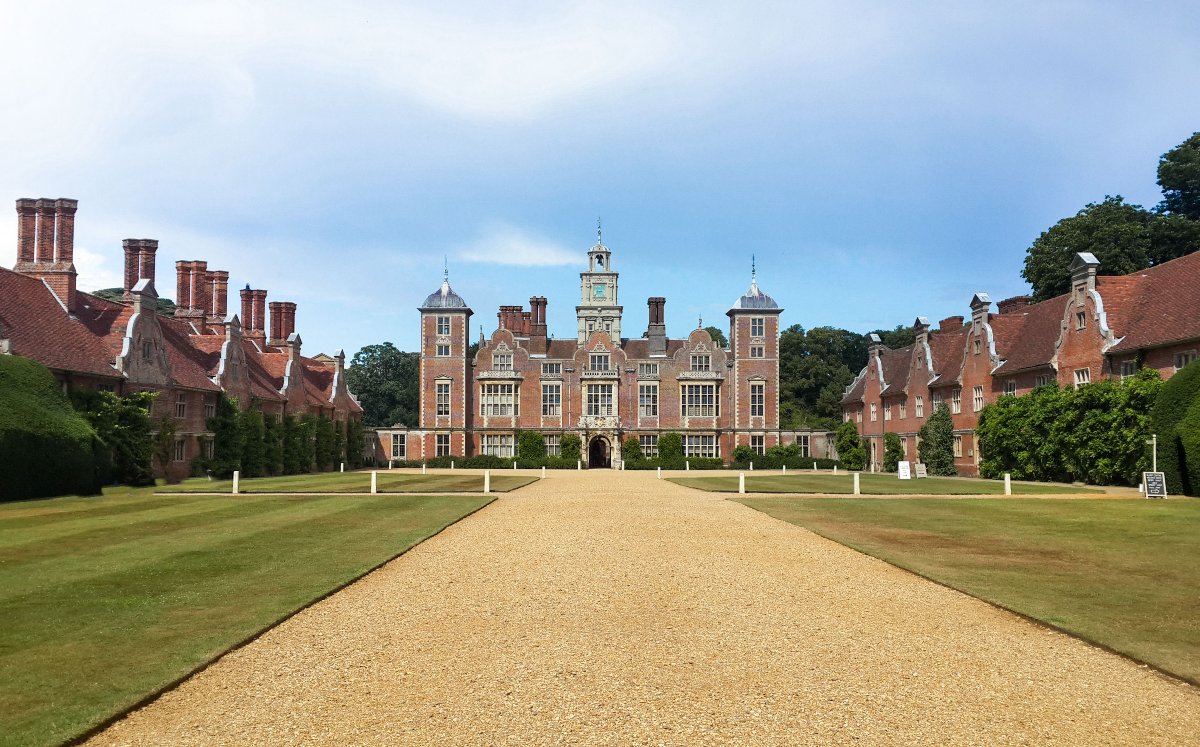
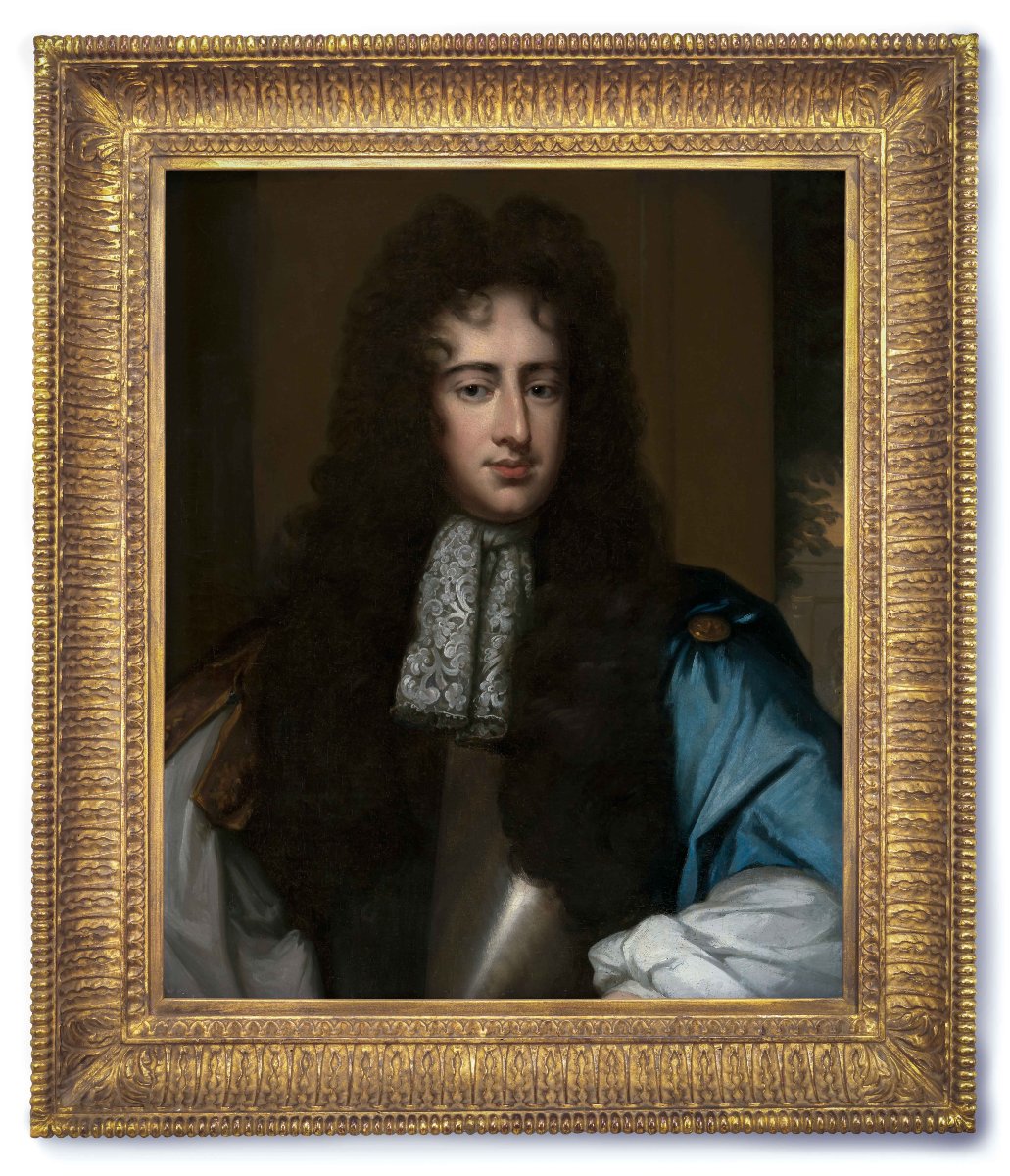
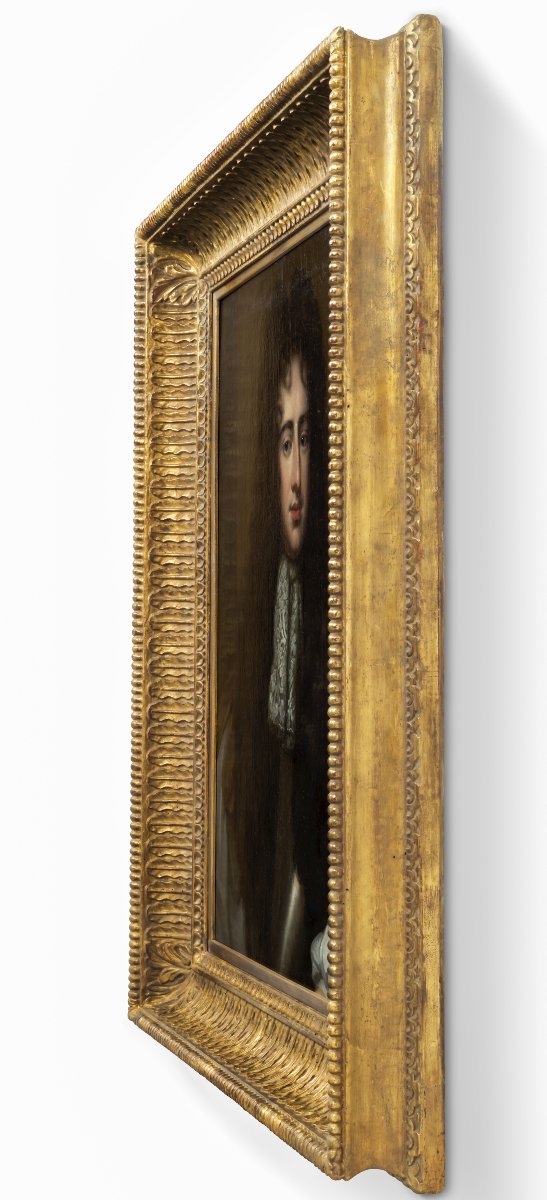
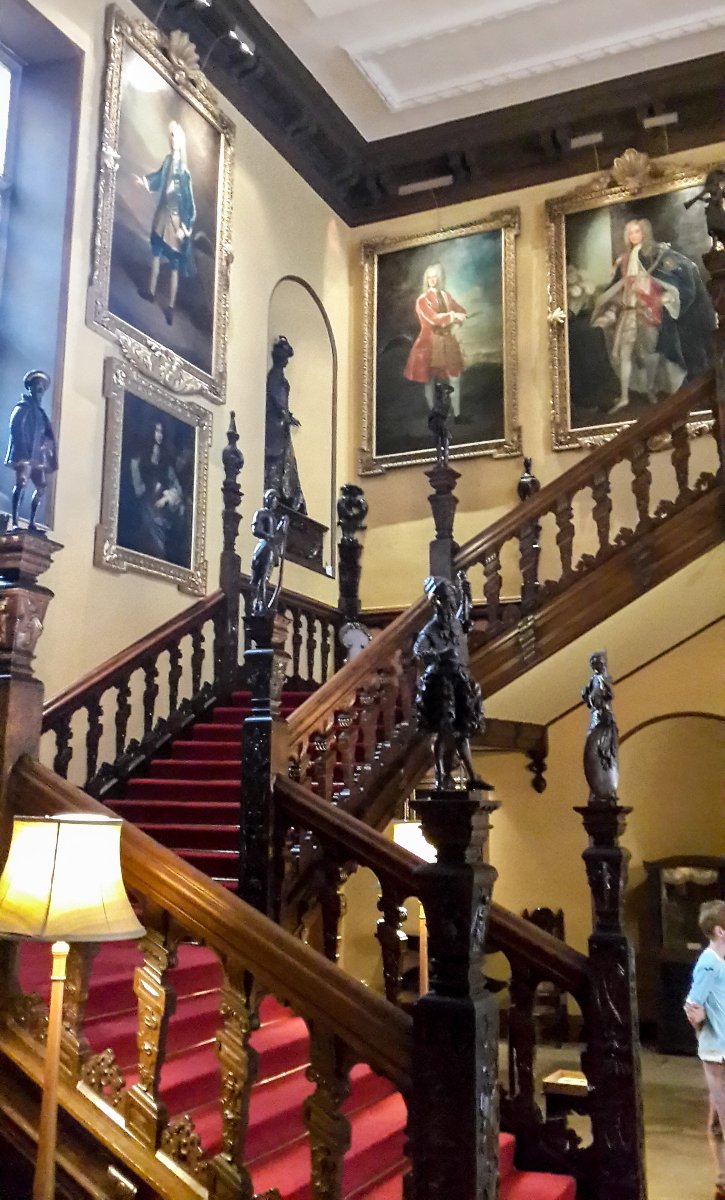
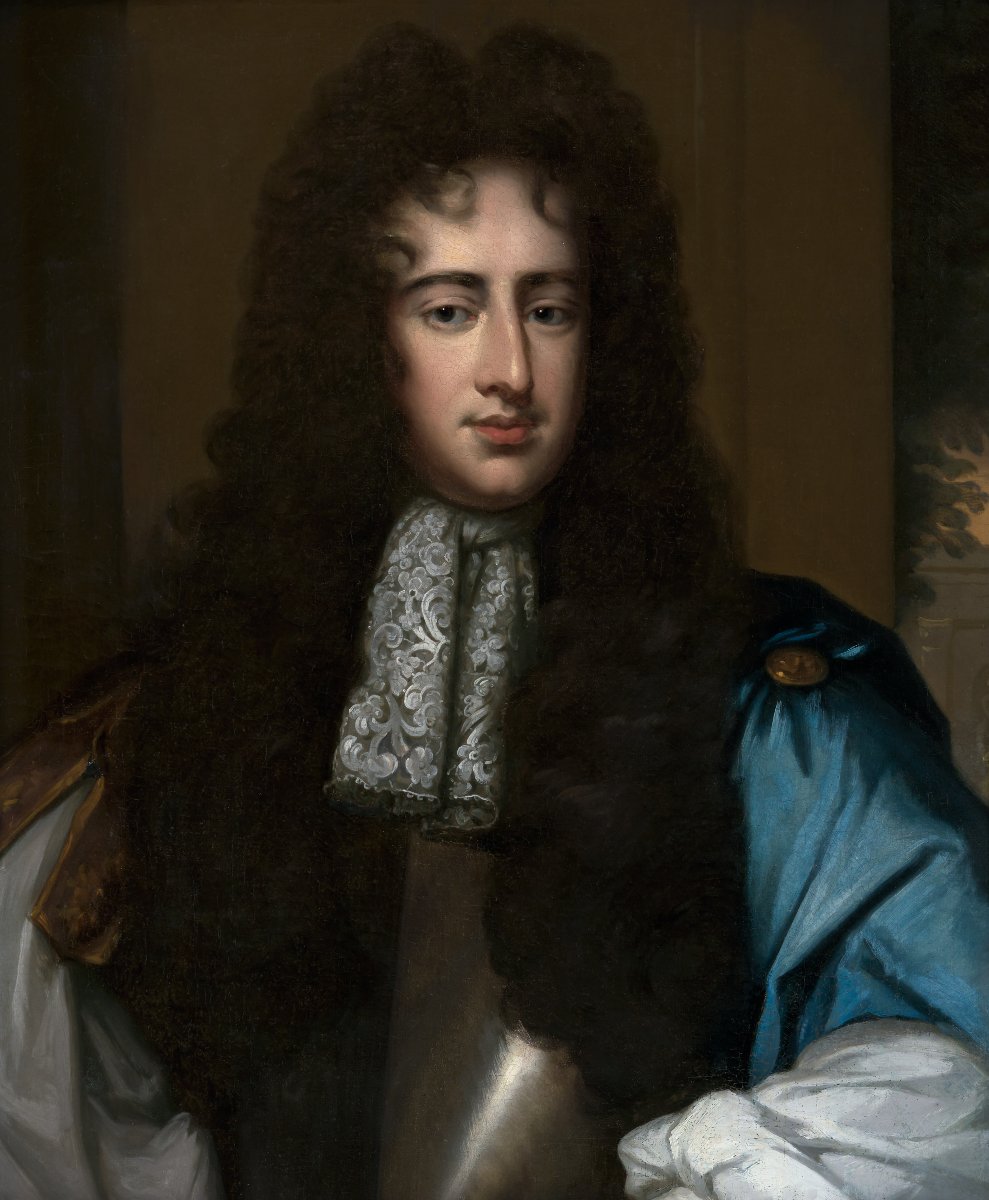
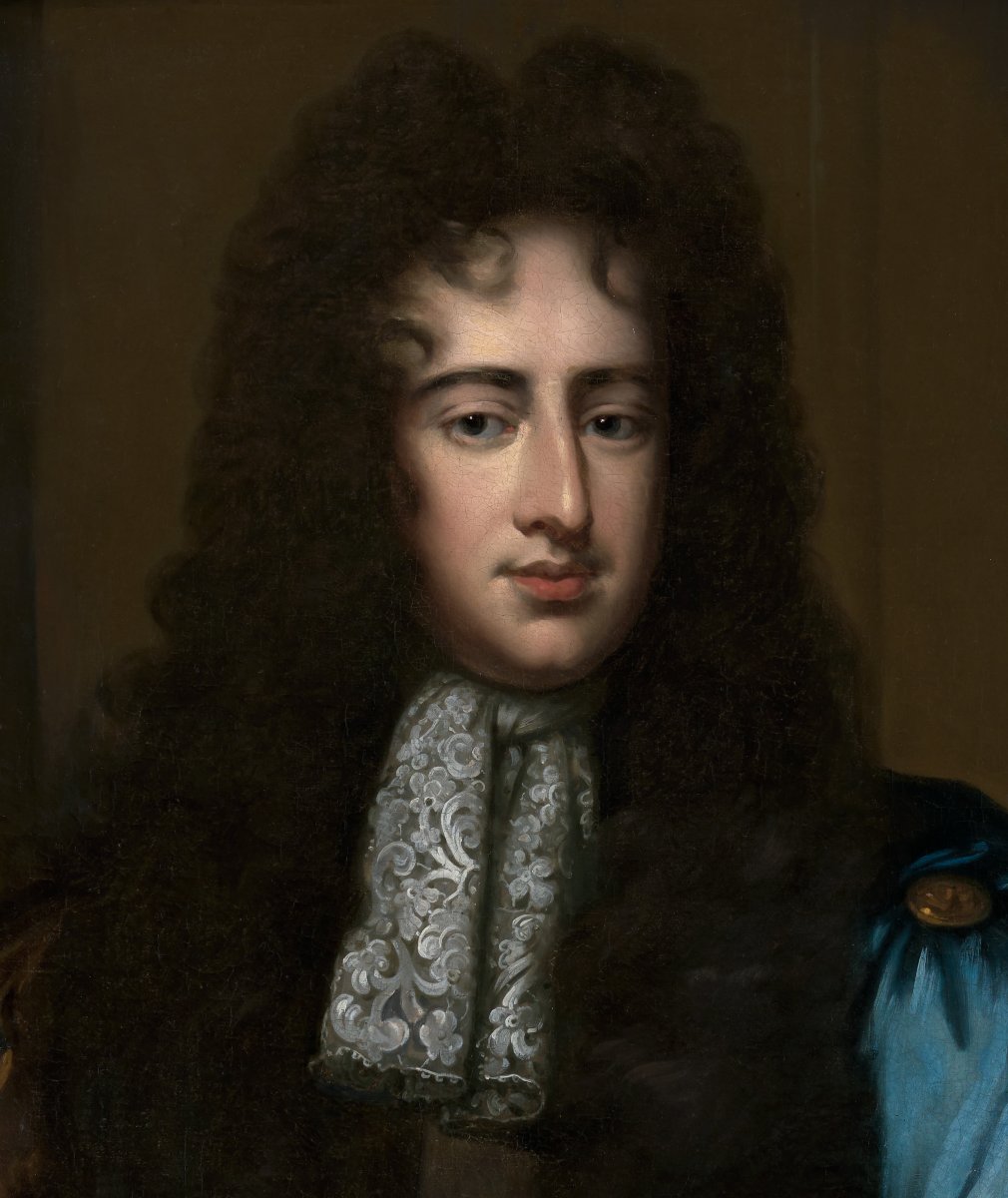
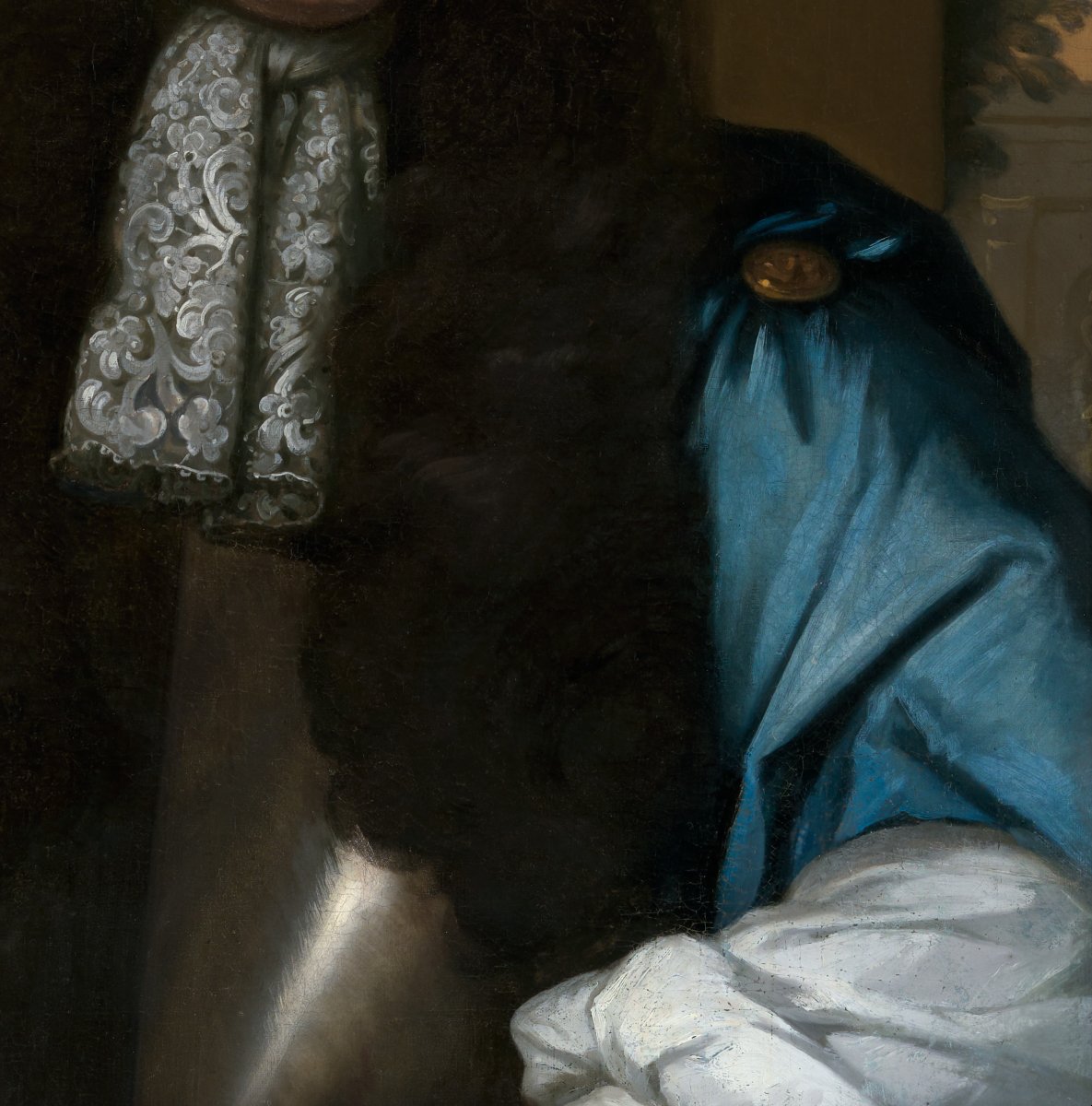
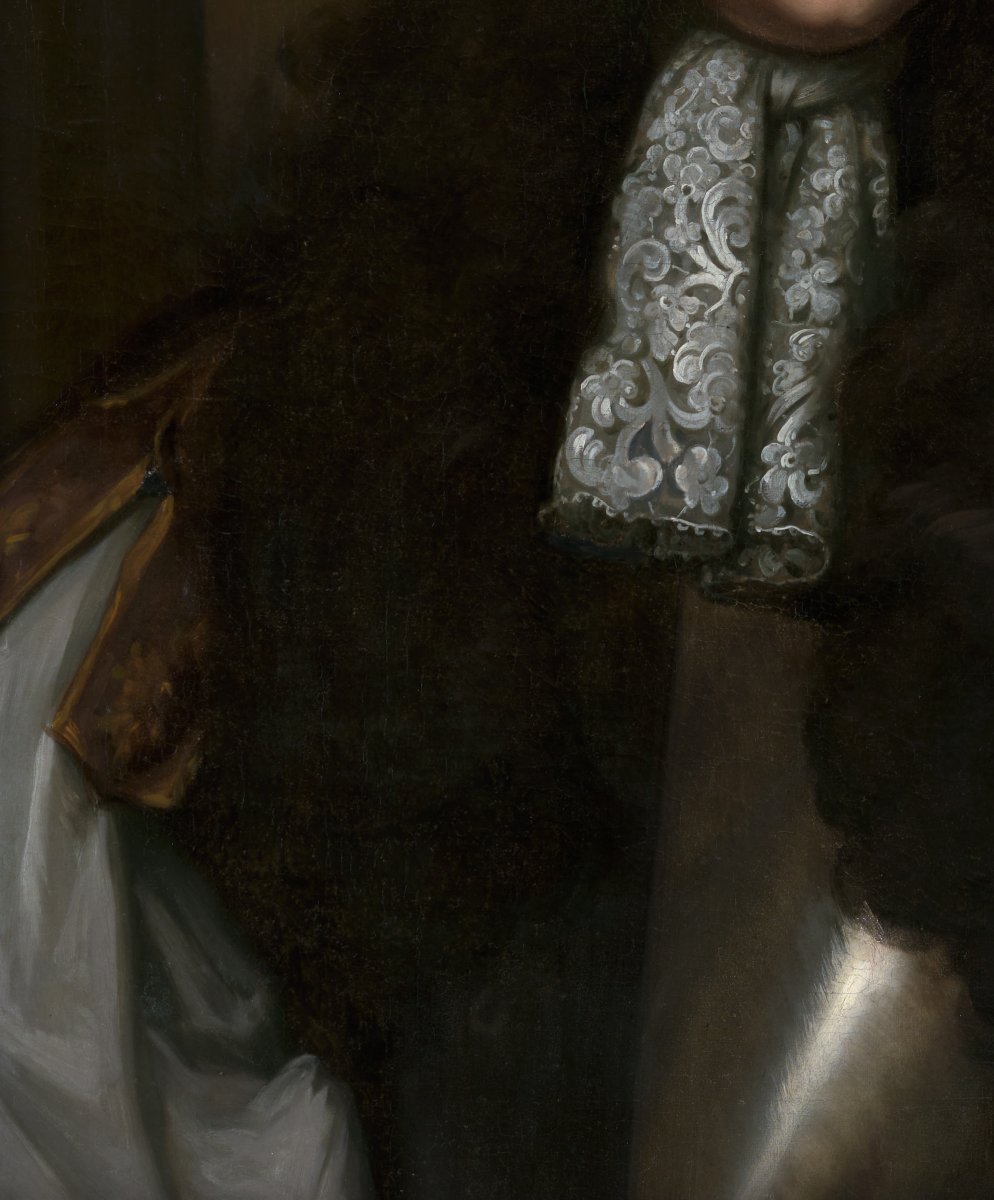














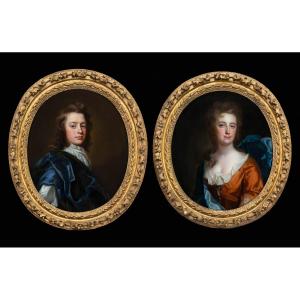
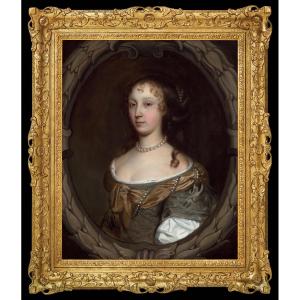
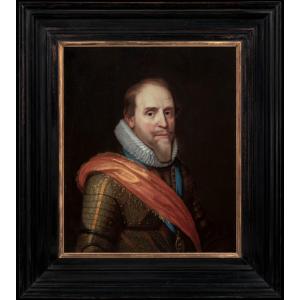

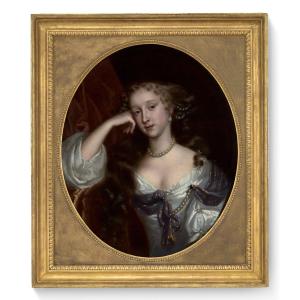
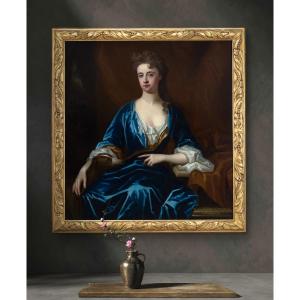
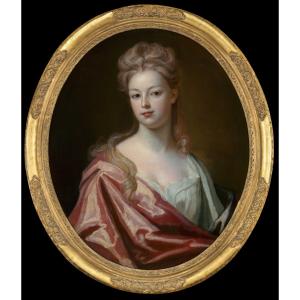
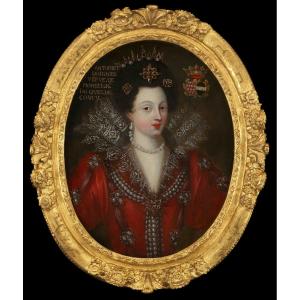

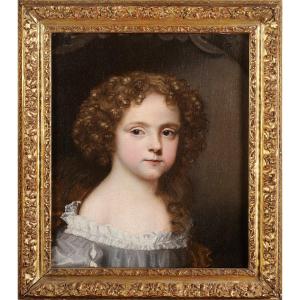


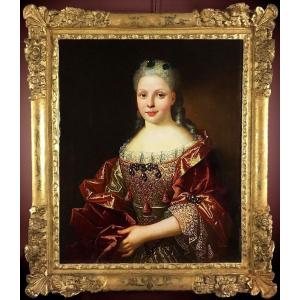



 Le Magazine de PROANTIC
Le Magazine de PROANTIC TRÉSORS Magazine
TRÉSORS Magazine Rivista Artiquariato
Rivista Artiquariato